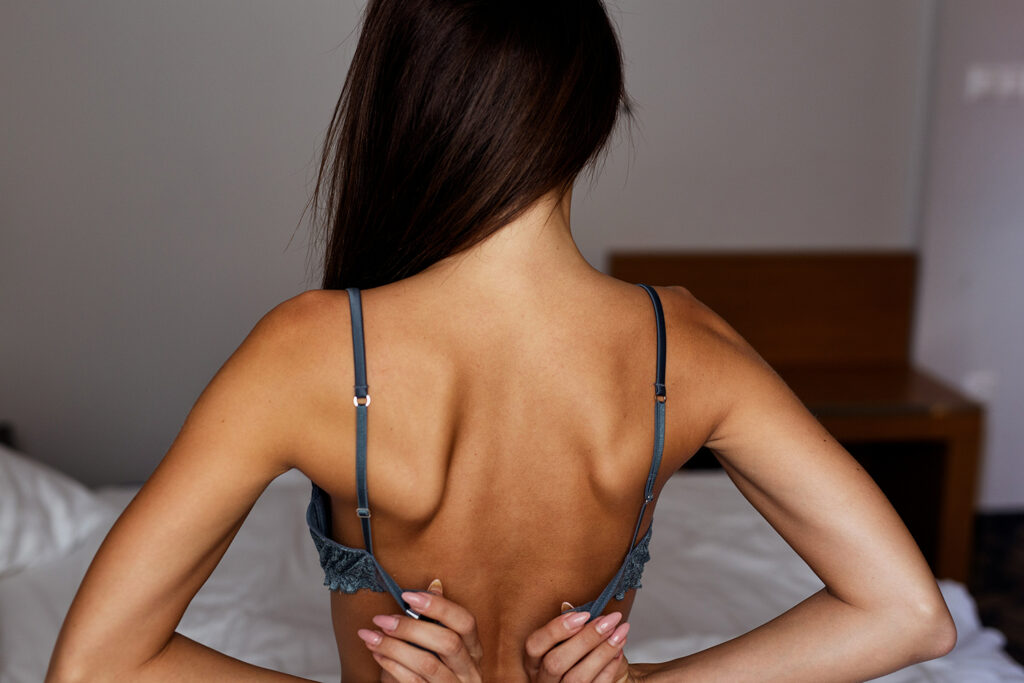
Intro: our story
In our trio, being part of the D+ Cup size club meant that discussions about bra styles, models, and brands were a common part of our conversations. Each of us was confident that we had nailed the subject. However, a recent chat took an unexpected turn. One friend recounted an experience of receiving poor advice at a lingerie store, and it dawned on all of us, including her, that the real issue wasn’t the store’s guidance but the fact that she had been wearing the wrong bra size all along. This revelation was not only shocking to her but also eye-opening for me, especially given the abundance of information and advice available online. This incident, a chance to offer correct guidance to a friend, inspired me to broaden my impact. I decided to compile a straightforward yet comprehensive guide to help others in our circle—and beyond—avoid similar mistakes, once and for all.
The bra sizing problem
After examining data from 41,380 women, a study discovered that a mere 19% of them are wearing the right size bra. Surprisingly, 81% are wearing bras that don’t fit properly, with 26% of these women wearing a cup size that’s too large.
Yet, this issue might be even more widespread. Jené Luciani Sena, the author of “The Bra Book: An Intimate Guide to Finding the Right Bra, Shapewear, Swimsuit, and More,” shared with HuffPost that among the hundreds of women she has fitted for bras, approximately 9 in 10 were wearing the wrong size.
The inconsistency in bra sizing is startling. If you’ve noticed that each bra fits differently, it’s not just perception. Bra sizes lack standardization because they are treated as a brand’s intellectual property, as pointed out by Stephanie Muhlenfeld, a bra designer with experience at major brands like Victoria’s Secret and Nike. This proprietary approach to sizing renders it nearly impossible for consumers to rely solely on size for a perfect fit. Consequently, many women end up sticking with the size of the first bra that seems to fit, despite the pervasive inconsistency in sizing across different brands.
Moreover, our bra size, including both the band and cup, can change with fluctuations in your weight and be influenced by factors such as hormones and exercise. There are clear signs when a bra is a poor fit, such as straps digging in painfully or the ‘double boob’ effect from bulging overspill. However, the indicators of an ill-fitting bra are not always apparent.
In my other post I’ve already highlighted the importance of wearing the right bra and how paramount is it for your look, health, both physical and mental, as well as for your overall wellbeing. Thus, here I’d like to get more specific about the signs you shouldn’t ignore and how to fix the issue with the bra size.
4 Signs You’re Wearing the Wrong Bra Size
So, to get right to the heart of the matter, I’d like to highlight some signs that might suggest your bra isn’t fitting right. If any of these sound familiar, it’s probably a hint that you need to switch up your bra size. Here’s what to look out for…
1. The back band of your bra is riding up.
This means that if your back band is creeping up your back, it’s a sign that you’re wearing a size that’s too large for you. The reason the band rides up is due to the weight of your breasts pulling on the straps, which in turn lifts the back band, creating an ‘upside down U’ shape. In a proper fitting, about 80% of your bust’s support should come from the back band—it’s essentially like a shelf for your bust. So, if it isn’t snugly hugging you, it’s likely too big.
To ensure your bra fits perfectly, start by examining how the bottom of the bra aligns with your ribcage. Lee-Anne Norton, L&D business partner at Boux Avenue, which provides a fitting service in 30 of its UK stores, advises, “The underband should run parallel to the front of the bra at the back, and you should be able to gently pull the underband away from your body, without it stretching too much.”
A crucial note on bra fitting: Incorrect back sizes are a leading reason many women end up in the wrong bra size. This is because an ill-fitting back band throws off the fit of everything else, leading to discomfort and lack of support.
2. Your straps are falling down or digging in.
The significance of this fit cannot be overstated when it comes to support, according to Michelle Piercy, a fit specialist at Pour Moi, which now offers virtual fittings through its website. “Underbands support 80% of your breasts’ weight. If the band becomes too loose over time, your breasts’ weight will cause the back to ride up.”
3. Wires aren’t sitting flat against your body.
The wires are essentially part of the cups, they determine how wide the cups are and where they sit on your body. On a correctly fitting bra, the wires should ‘tack’ again your ribcage (this means sit again your body, firmly, at every point). They should be sitting flat in the middle of your boobs and also be sitting far enough back under your arms that the wires aren’t sat on breast tissue. For those wearing underwired bras, the ideal fit is snug against the skin but not overly tight.
Bra fitting note: A very common issue which is related to the back band is that the wires can move around too much and allow breast tissue to come out of the bottom. Your back band needs to be firm and your wire needs to sit up against where your boob joins your body.
4. Your cups are gaping or your boobs are falling out.
The cups of your bra are designed to hold your breasts in place, and for this, they need to encompass ALL of your breast tissue and should lie smoothly against your body, as gaps can disrupt the silhouette of your clothing. It should fit comfortably without any overspill, indicating that the cup is too tight. Conversely, any gaping suggests that the bra might be too large. As mentioned earlier, getting the right back band size is crucial for determining your overall correct bra size. Starting with the cup size first can lead to confusion.
A key note on bra fitting: Cup sizes are dependent on your back size. Therefore, it’s essential to first find the correct back size. Once you have that, you can experiment with different cup sizes until you discover the one that best encases your breasts, providing a smooth and lifted look.
5. The front doesn’t sit flush
Finally, examine the center front of the bra. If the center panel (or gore) does not sit flush against your chest, it may indicate that the cup size is too small. Conversely, if this area is pressing into your skin uncomfortably, it’s likely that the band size is too small.
Bra Fitting Checklist:
Back Band:
- Should lie horizontally and parallel to the floor.
- You should be able to fit two fingers under the band comfortably; it feels snug but doesn’t shift around.
- When new, fasten it on the loosest setting to allow for tightening as it stretches, ensuring prolonged support.
Cups:
– Should completely encase all breast tissue.
– Provide a lifted look with a smooth outline.
– Ensure there’s no gaping or bulging for proper projection.
Wires:
– Must sit flat between your breasts.
– Should make continuous contact with your ribcage from the center to under your arm.
– Avoid any wires that dig in or allow excessive movement.
Straps:
– Adjust so they rest easily on your shoulders, allowing for a two-finger tension without discomfort.
– Ensure they don’t dig into your skin.
– Straps should remain in place without slipping off.
If you go through this checklist and find that your bra ticks all the boxes, then rest assured, you’re wearing the right size! But if your bra is missing the mark on any of these points, it’s definitely worth experimenting with different sizes until you nail that perfect fit. Trust us, you’ll be grateful you did!
If, however, you find your bra not doing everything it should do, here’s a quick measuring guide for you to fix the issue.
3
Easy Steps to Measure Your Bra Size
Finding the right bra size may seem daunting, but it’s a straightforward process when you know what to look for. Got a tape measure? Then you don’t need to endure an embarrassing bra fitting at the lingerie store. Here’s a step-by-step guide to help you determine your correct bra size:
Measure Your Band:
Wear a lightly lined (non-push-up) bra to keep your breasts as natural as possible. Wrap a measuring tape snugly directly under your breasts. Ensure the tape is parallel to the bottom of your bra band.
Measure Your Bust:
While still standing in front of the mirror, measure the fullest part of your bust while keeping the measuring tape comfortably snug, but not tight. Again, make sure the tape is parallel to the band level.
Calculate Your Cup Size:
Subtract your calculated band size (Step 1) from your bust measurement (Step 2) and refer to the bra cup size chart here. Your bra size is your band size with your cup size. Example: 37 inches (bust) – 34 inches (band) = 3 inches. That’s a 34C. For every inch of difference, go up one cup size.

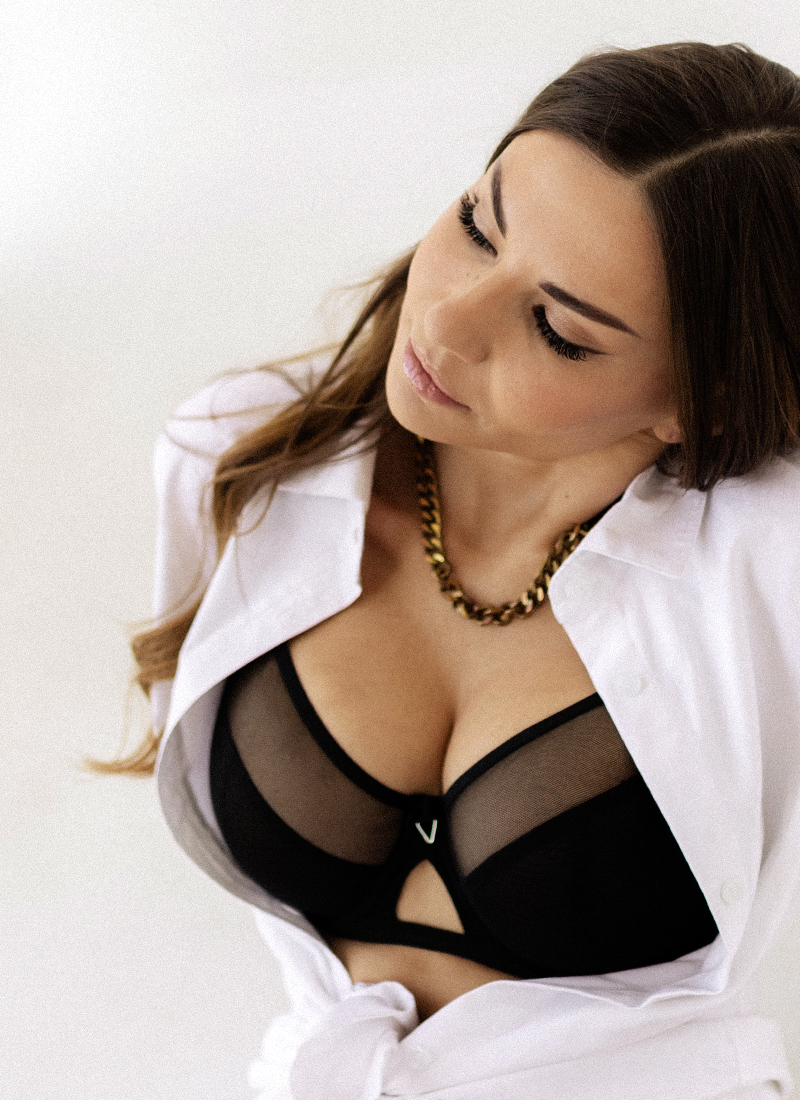
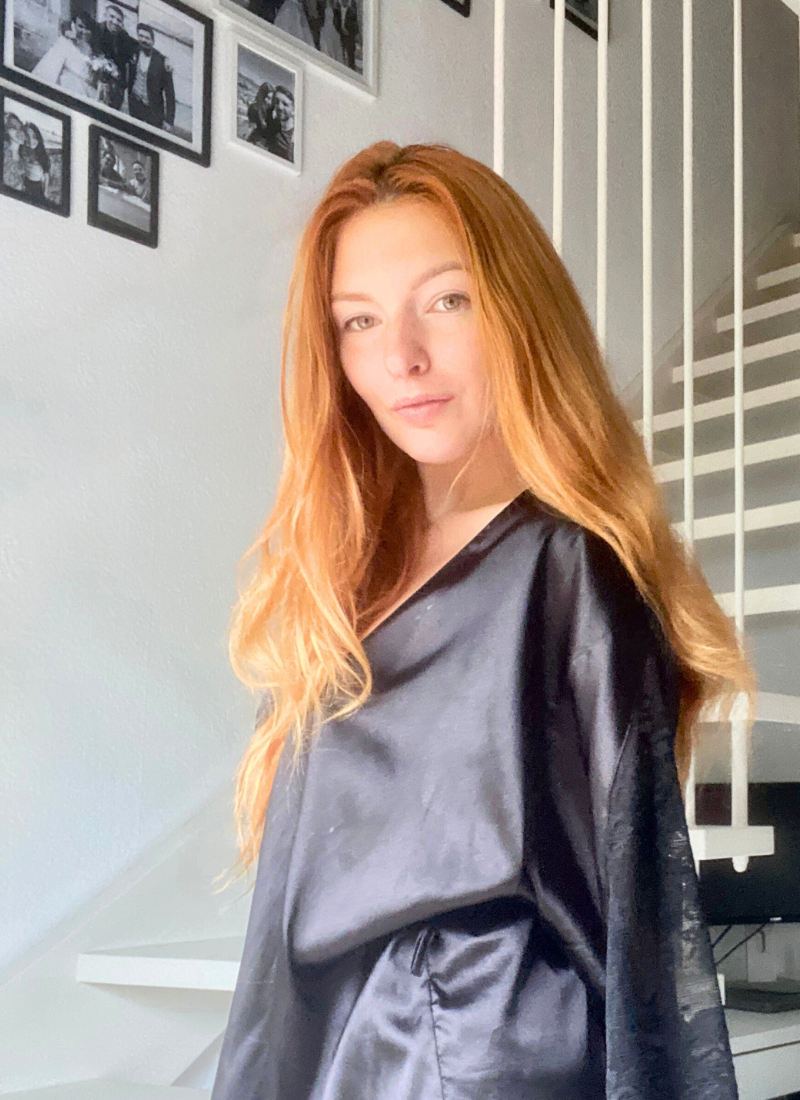
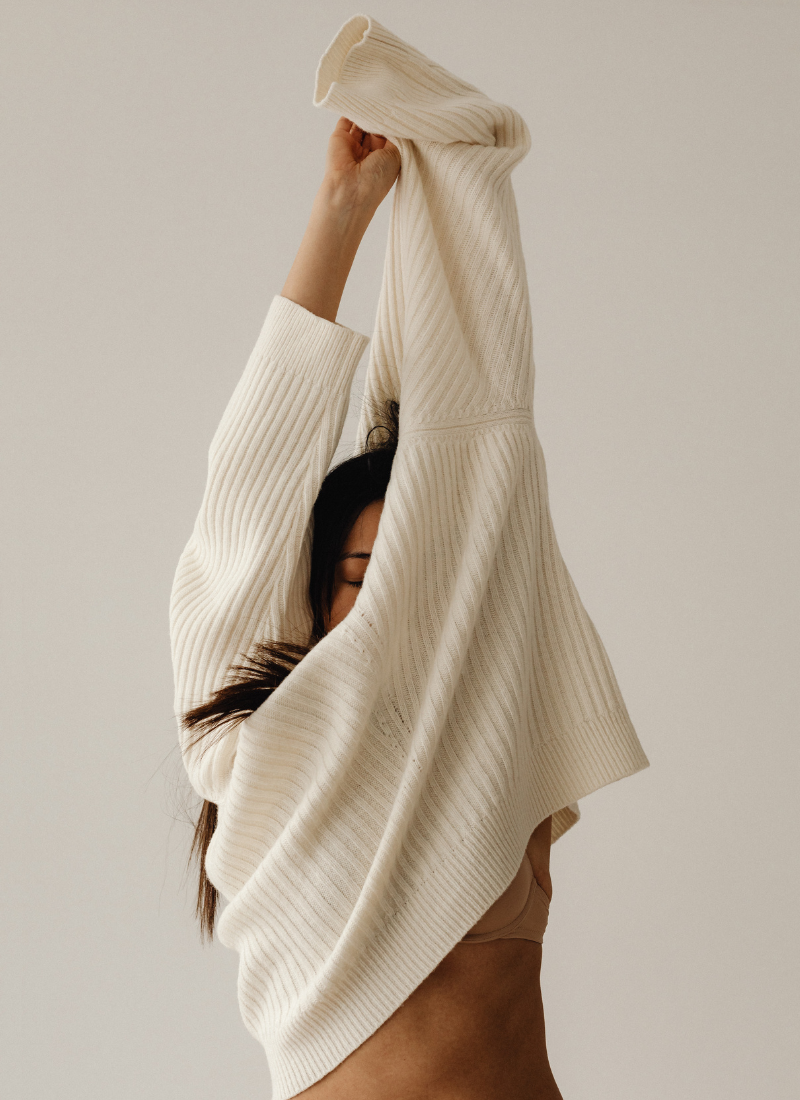
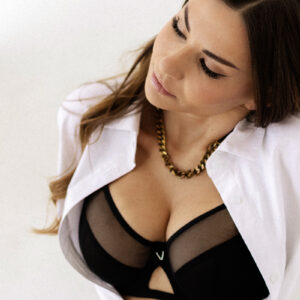

Leave a Reply